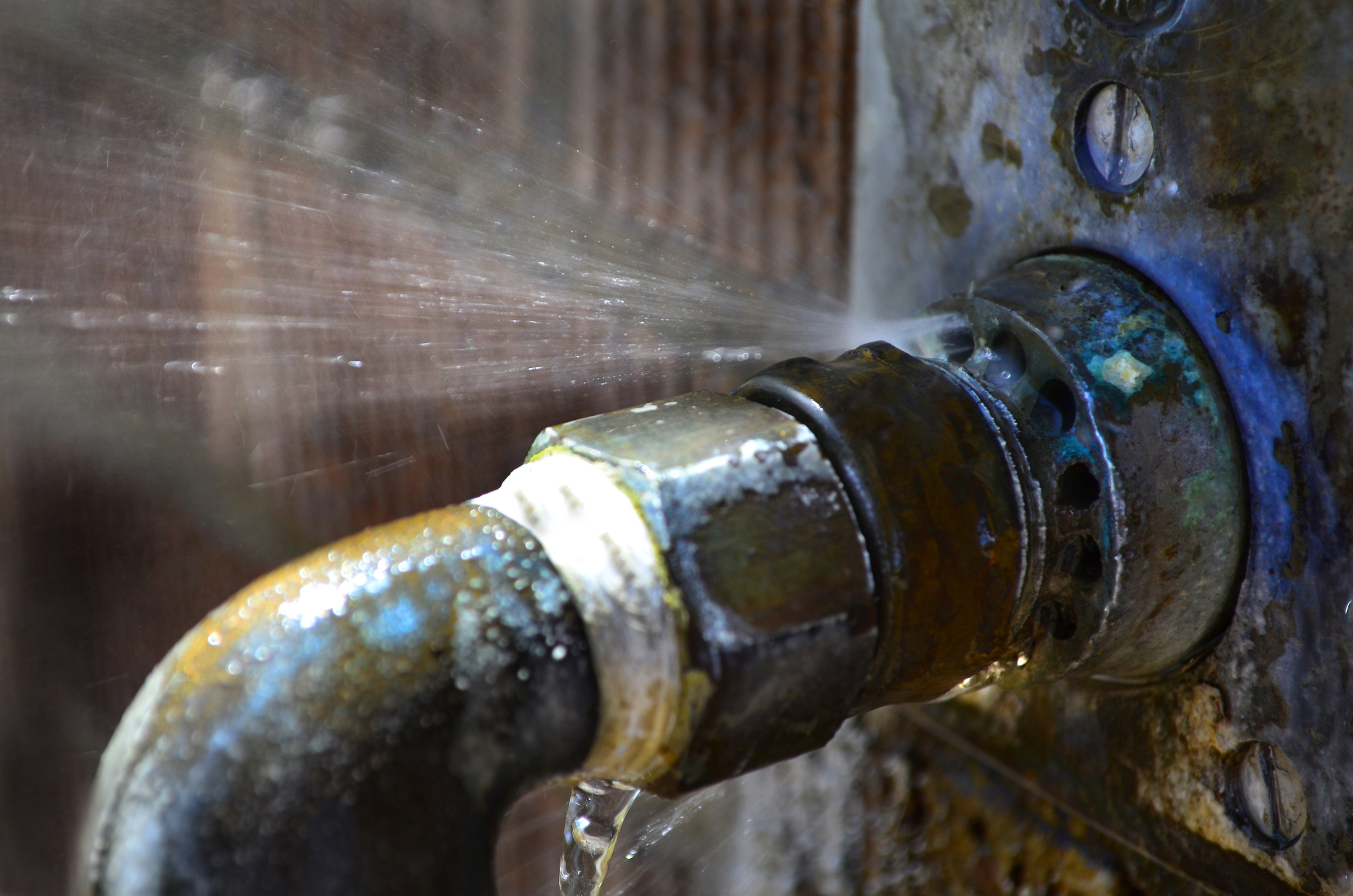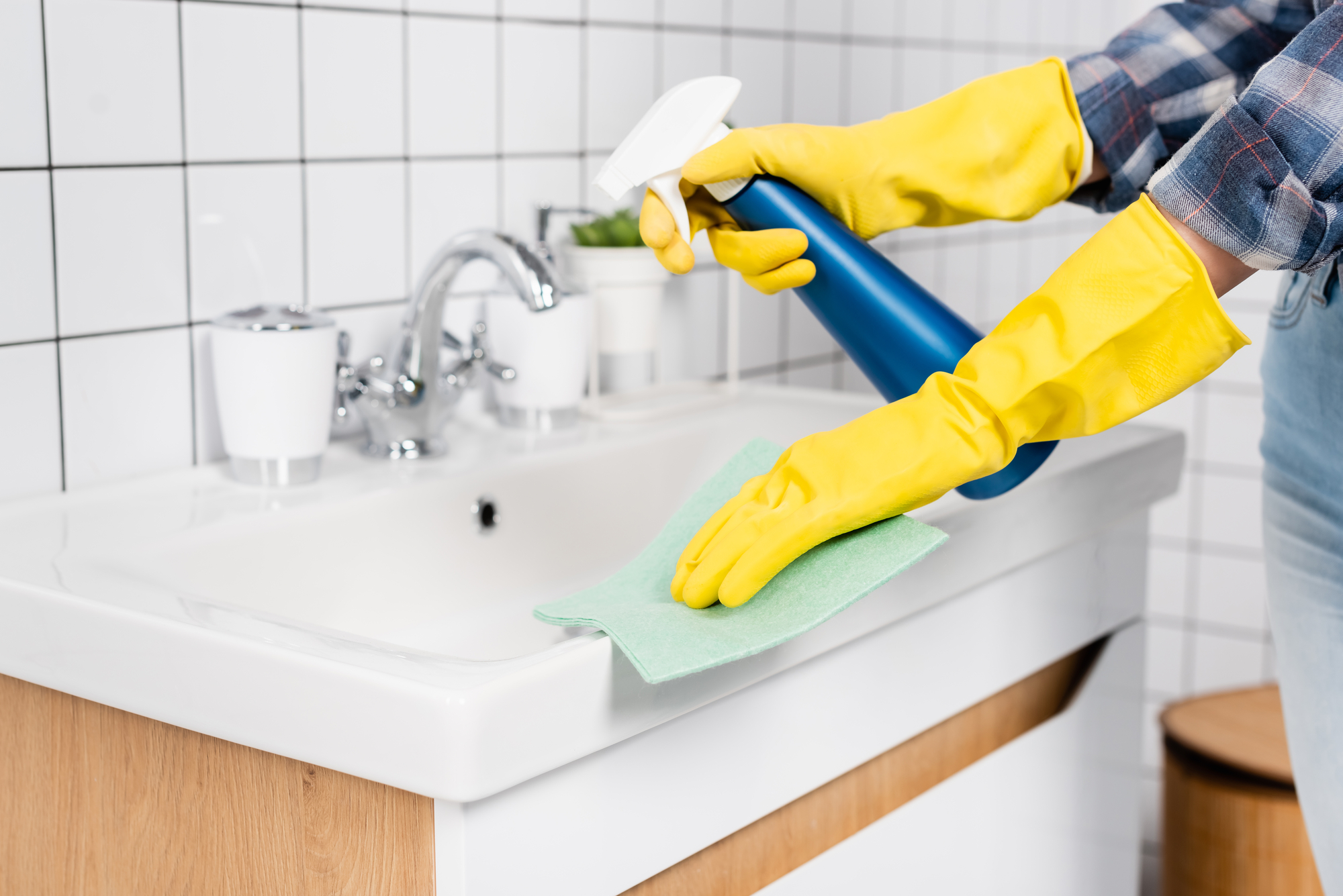As climate change becomes an increasingly pressing issue, more homeowners are looking for ways to reduce their environmental impact and make their homes more sustainable. One approach that has gained popularity in recent years is the use of sustainable plumbing practices. In this article, we will explore the benefits of sustainable plumbing practices and how they can be implemented in your home.
The Living Lab
The Living Lab is an innovative project that has been launched in several cities across the United States. The goal of the project is to create sustainable communities that incorporate green technologies and practices into their buildings and infrastructure. As part of this project, over 2,000 homes have been retrofitted with sustainable plumbing practices, including low-flow toilets, efficient faucets, and rainwater harvesting systems.
Benefits of Sustainable Plumbing Practices
Implementing sustainable plumbing practices in your home can offer a number of benefits, both environmental and economic. Here are some of the key benefits to consider:

1. Water Conservation
One of the most significant benefits of sustainable plumbing practices is water conservation. In the United States, an average family of four uses approximately 400 gallons of water per day. By installing low-flow toilets, showerheads and faucets, you can reduce your water consumption by up to 60%.
2. Energy Savings
Sustainable plumbing practices can also result in significant energy savings. By using less water, you can reduce the amount of energy needed to heat that water. Additionally, rainwater harvesting systems can be used to collect and recycle water for use in non-potable applications, such as irrigation and laundry.
3. Cost Savings
Sustainable plumbing practices can also help homeowners save money on their utility bills. By using less water, you can reduce your monthly water bill. Additionally, installing low-flow fixtures and efficient appliances can help reduce your energy bill.

Implementing Sustainable Plumbing Practices at Home
If you are interested in implementing sustainable plumbing practices in your home, there are several steps you can take. Here are some tips to get started:
1. Install Low-Flow Toilets: Low-flow toilets use significantly less water than traditional toilets, making them an excellent choice for homeowners looking to reduce water usage.
2. Upgrade Your Faucets and Showerheads: Replacing your old faucets and showerheads with low-flow models can help reduce water usage by up to 50%.
3. Invest in a Rainwater Harvesting System: A rainwater harvesting system can be an excellent choice for homeowners looking to reduce water usage and save money on their utility bills. These systems collect rainwater and store it for non-potable applications.
4. Consider a Tankless Water Heater: Tankless water heaters are more energy-efficient than traditional models, as they only heat water as it is needed. This can result in significant energy savings over time.
Conclusion
As more and more homeowners become aware of the environmental and economic benefits of sustainable plumbing practices, the demand for these solutions will continue to grow. With the help of innovative programs like the Living Lab, sustainable plumbing practices are becoming more accessible and affordable for homeowners across the country. By implementing these practices in your own home, you can reduce your environmental impact, save money on your utility bills, and create a more sustainable future for generations to come. For more information on sustainable plumbing practices, visit aceplumbingrepair.com or call (844) 711-1590 to speak with our plumbing experts today.






